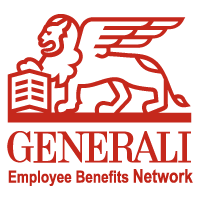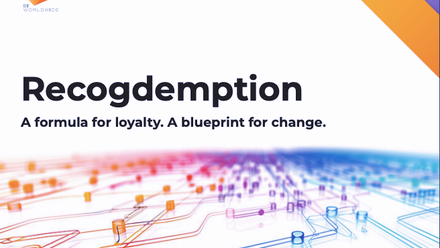The absence management practices holding back engagement
When’s the last time you reviewed your absence management policy? How confident are you that it’s still fit for purpose, considering new ways of working and new thinking on prevention, early intervention and rehabilitation? Also, are your line managers receiving the support they need to deal with the increasing complexity of absence management?
Line managers are the crucial linchpin here. In one of our recent webinars, we asked what triggered HR or occupational health to become involved in absence management. Two-thirds of respondents (67%) said ‘line manager flags’. This came well ahead of other responses such as ‘automatic triggers from a system’. So, ensuring that line managers are thoroughly supported to manage absence, seems pivotal, not only to their engagement and experience, but also to that of their direct reports.
This is about line managers feeling equipped to:
- Have meaningful conversations facilitated by wellbeing action plans, if appropriate to help with prevention, and sustainable returns to work;
- Identify and address underlying causes of work-related stress, instead of defaulting to removing the individual from the problem (i.e. encouraging holiday leave or sickness absence);
- Help employees with chronic or relapsing conditions access the support they need to stay in work, as appropriate.
Absence management: introducing shades of grey
The traditional view of absence management is black and white. Employees are either absent, or they are at work. If they are absent, they shouldn’t be contacted. If they are at work, they should be ever-present.This view doesn’t consider a middle ground, one that is characterised by various shades of grey. Arguably, taking a black and white approach to absence management fails to help HR and line managers effectively manage absence.
Not all presenteeism is bad
Take presenteeism for example; often viewed negatively, actually has shades of grey.According to recent research, there are three types of presenteeism and only one of these – working while unwell – is bad for people and business. The other two types of presenteeism are:
- When people perform close to, or at their full capacity and at the same time recover, at least to a certain degree, from their health issue;
- When people are performing well below their maximum productivity, yet gain some therapeutic benefit from being at work.
Better understanding of presenteeism leads to better management of it, and better management, involves understanding that what works for one individual, may not work for another. Employees need to be involved in the decision-making process, with the support of occupational health or vocational rehabilitation, as needed.
Absence won’t fix work-related stress
Another example of a grey area is work-related stress. This tends to fall within the catch-all term of mental health issues; the latter representing the most common work-limiting ‘condition’ now, with respect to both sickness absence and economic inactivity.
Categorising stress and mental ill health together when reporting on sickness absence, isn’t helping matters. More than half (53%) of the HR professionals attending one of our recent webinars said this is their standard practice. Equally, encouraging the individual to remove themselves from the stressful working environments – might not be helping in the long run.
In the same webinar of HR professionals, we asked for thoughts on the typical course of action for the employer to take when an employee says they’re suffering from workplace stress.
Nearly half (46%) said they should stay at work and try to resolve the issues together; 15% said they’d encourage the individual to take some holiday leave; and 38% said the employee should be encouraged to take sick leave.
While removal from the work environment can provide immediate relief, unless the cause of the stress has been addressed, the problem will likely resurface upon return.
That’s why we suggest, it might be challenging for employers and employees, but they would benefit more from support to stay in work or keep absences minimal.
Top tips for line managers
- Red flags: Treat a fit note citing ‘stress’ as a red flag. Speak to the employee to identify and address the underlying causes without medicalising the issue.
- Early engagement: Engage with employees early during an absence. Ensure they feel valued and get the support they need to return.
- Explore early intervention: Utilise early intervention services and support. Vocational rehabilitation considers the needs of the whole person, and works with all parties to try to smooth a transition back to work.
- Consider training: Invest in absence management training for line managers. Training can also include things like promoting a supportive culture that caters for an individual’s needs, encouraging regular check-ins, healthy work-life balance etc. Speak to your group income protection provider as they might offer training on latest thinking and practices, via their expert wellbeing partners, at no extra cost.
Disclaimer: All information contained herein represents the views and opinions of the author as at the date of writing and is provided for general information only. Nothing herein constitutes or is intended to constitute financial or other form of advice and no individual should rely upon the information provided in making a specific investment decision without first seeking independent professional advice.
Supplied by REBA Associate Member, Generali Employee Benefits Network
Generali Employee Benefits' solutions are to protect and enhance the wellbeing of their workforce.








